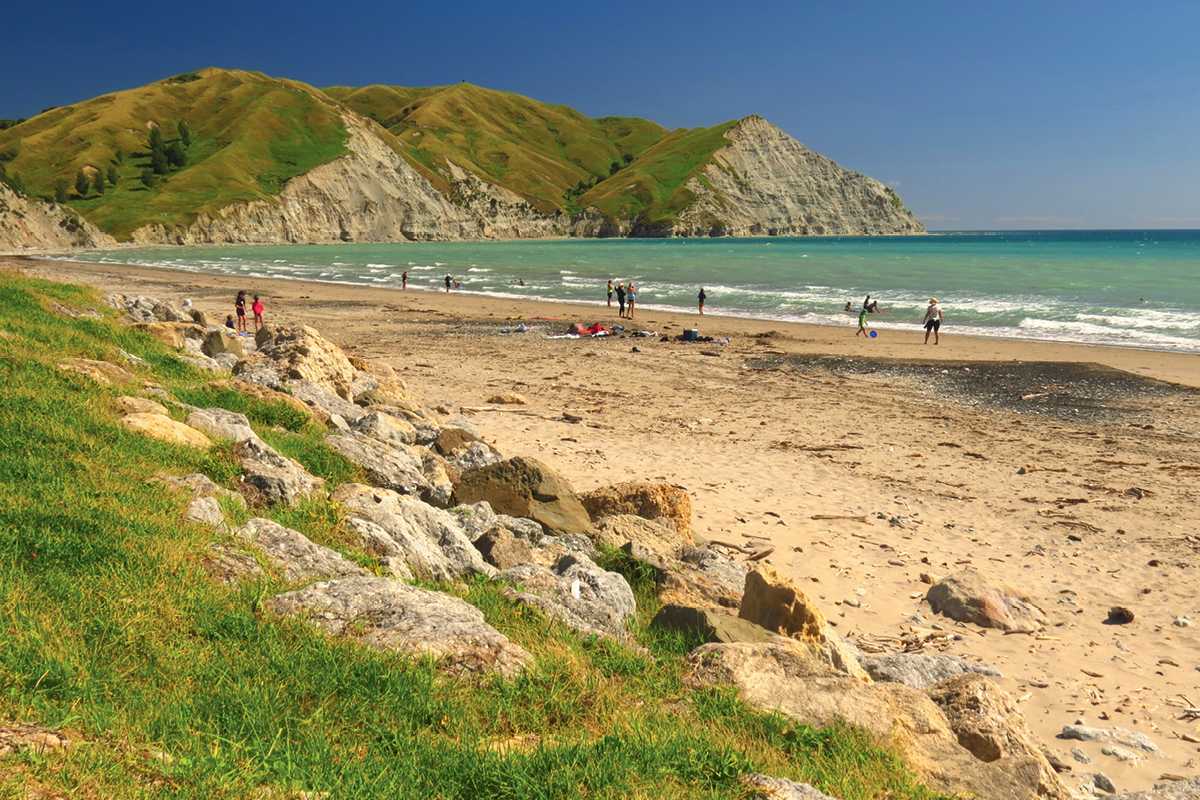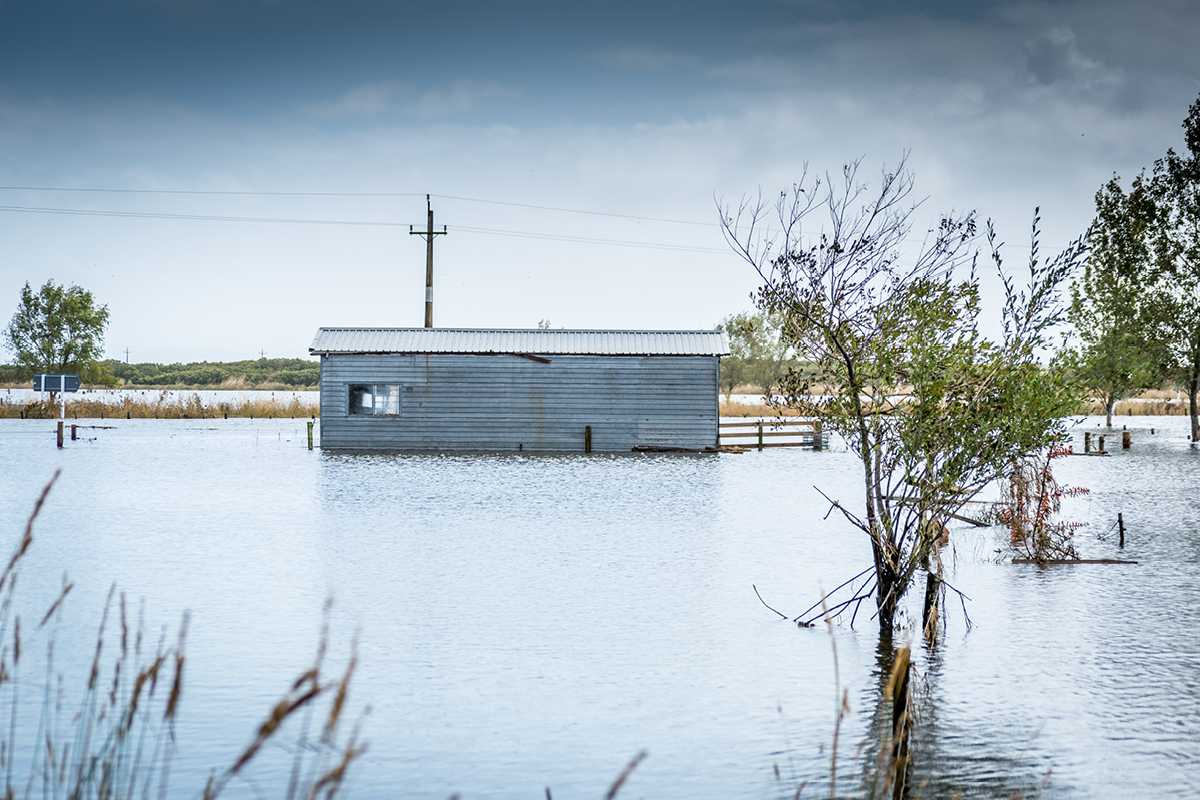
‘For Sale’ Signs Galore
Sally Lindsay takes a look at why agents’ hammers and boards seem to be popping up everywhere.
3 April 2024
The combination of high listing numbers, elevated stock and shifts in the median sale price adds up to increased housing activity, REINZ’s February data show.
Stock levels had a year-on-year increase, resulting in a growing inventory of available properties for sale. Coupled with median sale price growth in some regions, agents are seeing more investors and first-home buyers at open homes.
REINZ recorded 5,693 residential sales in February, up 37.9 per cent compared with February last year and up 81.8 per cent compared with January this year. While this is a significant improvement on last year, the latest figures suggest the market remains in a slump as the sales were the second lowest for the month of February since 2011.
New Zealand’s inventory levels have increased 8.1 per cent from 29,083 to 31,424 properties year-on-year.
Gisborne had a large increase in properties sold, up 264 per cent year-on-year. All regions except the West Coast had a rise in activity and in 14 of 16 regions the sales count year-on-year has increased by more than 20 per cent. The exceptions are the West Coast, down 22 per cent; and Taranaki, down 7.5 per cent. The Marlborough sales count more than doubled compared with February last year, from 37 to 77 sales.
The national median sale price increased 3.1 per cent from $766,000 to $790,000 year-on-year. There was also a rise of 3.9 per cent from January’s $760,000 to $790,000. New Zealand, excluding Auckland, also rose month-on-month by 3.6 per cent from $685,000 to $710,000 and up year-on-year by 2.6 per cent from $692,000 to $710,000.
Auckland’s median sale price has bumped back up over the $1 million mark to $1,025,000 in line with the last few years where during February prices sat over $1 million. Listings increased 60.4 per cent from 7,347 to 11,788 nationally month-on-month and by 44.8 per cent from 8,143 to 11,788 year-on-year.
The median days to sell increased by a day month-on-month from 50 to 51 days and reduced nine days year-on-year. The house price index (HPI) for New Zealand in February showed a 1.1 per cent increase compared to the previous month and 3.2 per cent increase for the same period last year.
Values Up
Property values are slightly higher on average annually for the first time since August 2022.
This comes despite the latest QV House Price Index for February showing the rate of home value growth has largely flattened across New Zealand’s main urban centres this quarter, with the average home value increasing by just 1.3 per cent nationally to $925,812 – down from 2 per cent quarterly growth in the previous index.
The national average home value is now 0.6 per cent higher than the same time last year and 13 per cent below the market’s peak in late 2021.
“This small but significant return to positive year-on-year growth means all the value softening over the past 12 months has now been reversed at a national level,” says James Wilson, QV operations manager. “However, the slow but steady growth since June last year now appears to be flattening even further.”
Just three of the main urban areas QV monitors had positive home value growth this quarter than last – Tauranga (3.1 per cent), Nelson (1.2 per cent) and Marlborough (3.1 per cent) – with Auckland’s three-month rolling average going into negative territory (-0.1 per cent) for the first time since August last year. Values in Wellington (2.5 per cent) and Christchurch (2.4 per cent) continued to grow, but at a reduced rate.
The Logjam
Houses for sale through Auckland’s biggest agency, Barfoot & Thompson, have flooded the market, hitting an 11-year peak in February. The agency has 5,382 on its books.
Not since 2013 has the city had so many residential properties available for sale, rising from 1,221 listings in January to the new high. Last year, the number of new monthly listings averaged only 1,325 and have nearly doubled to 2,255 during February this year.
“There are more homes for sale in the city than at any time in the past decade,” says Peter Thompson, Barfoot & Thompson’s managing director.
However, new owners are not thick on the ground. Thompson says more homes are for sale than there are active buyers. The agency sold just 633 homes last month. However, that is up 54 per cent on February last year when the market was in the doldrums.
The agency’s 2,255 new listings are the highest number in a February month since 2017 and the highest number in any month of the year since November 2021, which was the peak of the housing boom. The agency’s average selling price was $1,116,150 last month, up 3 per cent compared with January but down 5.5 per cent compared with December last year.
The median selling price was $970,000 last month, up 0.4 per cent compared with January, but down 6.7 per cent compared to December.
“There is a logjam of homes for sale which is creating the largest buyers’ market we have seen since 2011,” Thompson says.
Pace Of Gains
Although house prices were up 0.3 per cent in February, rising for the fifth consecutive month, the pace of gains is down from November’s 0.4 per cent rise and December’s 1 per cent increase.
The average property value across the country now stands at $930,495, up 2.8 per cent from September’s trough, but still 10.8 per cent below the recent peak, the latest CoreLogic House Price Index shows.
Most of the main centres were relatively subdued in February, with Hamilton, Tauranga and Christchurch having marginal 0.1 per cent rises, while Dunedin and Auckland ticked up by 0.2 per cent. Wellington saw a stronger 0.6 per cent rise, but that was after a below-average result in January.
CoreLogic’s chief property economist, Kelvin Davidson, says the recent sets of muted house price figures show this isn’t a straight-line market recovery.
“Given that mortgage rates remain high and property sales volumes through January remained at near record lows, buyers and sellers are still taking their time and this is flowing through to more subdued value growth,” he says.
“For first-home buyers there are still significant challenges in saving a deposit and satisfying loan serviceability criteria. Investors are also facing challenges from high mortgage rates, while even existing owner-occupiers looking to move up the ladder still need to assess their finances closely.”
Outside the main centres many key urban areas also saw muted value change over the month, ranging from a -0.4 per cent dip in Rotorua and Hastings, to a 0.5 per cent rise in Whanganui.
Davidson says the clear exception continues to be Queenstown, which recorded a 0.9 per cent rise last month, taking its quarterly gain to 3.8 per cent, and the annual rise to 7.8 per cent.
“At present there’s just no stopping the Queenstown property market. Wealth must be playing a key role, with housing much less affordable or accessible for anybody without that accumulated equity and instead relying on their local income,” he says.
New Listings
Property website realestate.co.nz had 11,788 new listings in February, a 44.8 per cent increase compared with last year and the highest number received since 2017.
That pushed the total number of residential properties available for sale on the website to 31,424 at the end of February, up 8.1 per cent on February last year, when listings hit an all-time low since records began in 2007.
That means the amount of stock on the market at the end of February was the highest it has been in any month of the year since June 2015. It was also the only time since November 2015 that the total number of residential properties for sale has been above 30,000.
New listings were up across all 19 regions, with the most significant increases in Northland, up 94.6 per cent; Coromandel, up 85.3 per cent; Wellington, up 76.6 per cent; Hawke’s Bay, up 75.4 per cent; and Auckland, up 64 per cent. In contrast, Gisborne is down 32.4 per cent and Otago is down 4.2 per cent. Gisborne had record-low stock levels for any February since records began 17 years ago.
The national average asking price rose to $899,756, up 3 per cent on the same time last year and 1.2 per cent from January.
Amid the relative stability across the country, several regions set new records. Marlborough, Wairarapa, Central Otago/ Lakes District, and the West Coast all had record-high average asking prices for any February since records began. After a challenging year, Hawke’s Bay had asking prices return to above $800,000 for the first time since before the weather events at the beginning of last year.
The stand-out performer among the regions, Central Otago/ Lakes District, maintained an average asking price above $1.6 million in February after reaching an all-time national high in January.
Construction
The number of new house consents fell 8.8 per cent in January, Stats NZ data shows.
Overall, there were 1,991 new homes consented in January, down 28 per cent compared with January last year. In the year ended January, the actual number of new houses consented was 36,453.
Fewer new homes were consented in January than in each of the previous five January months, says Michael Heslop, Stats NZ construction and property statistics manager.
New dwellings consented in January comprised 899 stand-alone houses, down 16 per cent compared with January last year; 899 townhouses, flats, and units; 123 apartments and 70 retirement village units.
Looking under the surface, the number of standalone homes being consented remains low.
Westpac’s senior economist Satish Ranchhod says more notable is the fast drop in the number of townhouses and other medium-density developments being consented.
“That highlights the fact developers are reluctant to bring new projects to market given high financing costs and a slow market for sales. While build cost inflation has eased off over the past year, costs remain high.”
The downturn has been widespread across the country, with Auckland consent numbers down 28 per cent over the past year, Wellington down 41 per cent and Canterbury down 24 per cent.
“We are expecting a sizeable downturn in building activity this year, with many of those we’ve spoken to in the building industry reporting a sharp drop in forward orders,” Ranchhod says.
Developers have highlighted higher financing costs and concerns about slowing economic growth as key factors putting the brakes on new projects.
What’s Driving House Prices?
HOUSE PRICES: UP REINZ data shows February’s national median sale price increased 3.1 per cent from $766,000 to $790,000 year-on-year. There was also a rise of 3.9 per cent from January’s $760,000 to $790,000. New Zealand, excluding Auckland, also rose month-on-month by 3.6 per cent from $685,000 to $710,000 and up year-on-year by 2.6 per cent from $692,000 to $710,000. Auckland’s median sale price has bumped back up over the $1 million mark to $1,025,000 in line with the last few years where during February prices sat over $1 million.
OCR: STEADY The Reserve Bank’s official cash rate has been held at 5.5 per cent since July last year after the RBNZ indicated it was at the end of its tightening cycle. It is not expecting to make changes until next year.
INTEREST RATES: DOWN ASB made three adjustments in three weeks to some of its carded fixed home loan interest rates. ASB took -10 bps off its six-month fixed, -5 bps off its one-year rate, and -6 bps off its two-year rate. That means it now lines up with BNZ with the lowest six-month rate among the main banks, but is still 10 bps higher than market leaders China Construction Bank and ICBC.
BUILDING CONSENTS: DOWN The number of new homes consented in January fell 8.8 per cent, Stats NZ data show. Overall, there were 1,991 new homes consented in January, down 28 per cent compared with January last year. In the year ended January, the actual number of new houses consented was 36,453. In the month there were consents issued for 899 stand-alone houses, down 16 per cent compared with January last year, 899 townhouses, flats, and units, 123 apartments and 70 retirement village units.
MORTGAGE APPROVALS: DOWN January’s new mortgage commitments were $3.4 billion, down 35.6 per cent, but when seasonally adjusted up 0.5 per cent from December. Annually, the value of new mortgages has risen 23 per cent from $2.8 billion in January last year. Even with an annual increase, it’s still low historically compared to the same month in previous years. Lending to investors in January rose to 17.8 per cent, up from 16.8 per cent in December. In January last year, the share to investors was 15.4 per cent. New mortgages to first-home buyers dropped to $822 million from $1,335 billion in December, while lending to investors fell to $607 million from $894 million in December. The average value of new mortgages across all borrower types fell to $330,300, down 6.5 per cent from $353,500 in December. The average value of loans for first-home buyers fell 2.1 per cent between December and January, the average value for investors rose 1.2 per cent to $484,100. Compared with January last year, average values across all borrower types have risen 3.3 per cent from $319,700.
IMMIGRATION: DOWN MBIE’s latest data show 16,020 people arrived in New Zealand on work visas in February. That number is down 10.4 per cent from the 17,874 people who arrived on work visas in February last year, but up hugely on the 285 that arrived in February 2022 when pandemic travel restrictions were still in place. In the first two months of this year, 36,219 people have arrived on work visas, compared to 34,644 in the first two months of last year, but that’s still well below pre-Covid levels when 50,658 people arrived on work visas in the first two months of 2019. The latest arrivals pushed the total number of people in New Zealand on work visas up to 194,181 at the end of February.


